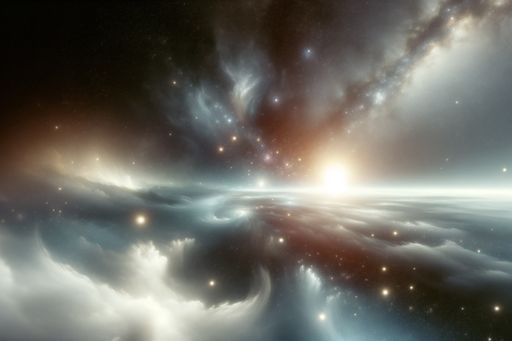Enigmatic 'Picket Fence' Glow Might Not Be an Aurora After All
Scientists propose that the mysterious STEVE and picket fence glow in Earth's sky are not auroras but a different phenomenon.

Unveiling the Mystery of the STEVE and Picket Fence Glow
The STEVE, or Strong Thermal Emission Velocity Enhancement, and its accompanying picket fence glow have long puzzled scientists. While they resemble auroras, new research suggests that they are distinct phenomena with an alternative explanation.
Physicist Claire Gasque and her team at the University of California Berkeley propose that the STEVE and picket fence glow are produced by electric fields parallel to magnetic field lines. Unlike auroras, which are generated by magnetic fields, these lights occur at lower latitudes and exhibit a different spectrum.
This discovery carries significant implications for our understanding of Earth's atmosphere and magnetosphere. The distinctive properties of the STEVE spectrum indicate the presence of exotic physics that is yet to be fully comprehended.
The Remarkable Phenomenon of Auroras
Auroras are breathtaking displays of colorful lights that illuminate the sky around the poles. They are caused by particles from the Sun colliding with Earth's magnetosphere and exciting atmospheric atoms and molecules.
The resulting colors of auroras are determined by the types of atoms being ionized. For instance, green is emitted by excited oxygen atoms, while blue or purple is produced by ionized nitrogen. Auroras are a result of magnetic fields and occur at higher latitudes.
Contrary to the auroras, the STEVE and picket fence glow exhibit different characteristics and colors. Understanding their origins and mechanisms is crucial for advancing our knowledge of space physics.
New Insights and Future Research
Previous theories suggested that the STEVE may be caused by subauroral ion drift (SAID) or particles falling out of the phenomenon. However, these explanations have limitations and cannot fully account for the observed features.
Gasque and her team propose that the picket fence glow is produced by local excitation through electric fields, rather than particles falling from higher altitudes. Achieving a deeper understanding of the STEVE and picket fence glow requires further investigation, which may involve launching a rocket to directly observe and test these phenomena.
Studying the electric fields associated with the STEVE, picket fence glow, and enhanced aurora (which have similar colors) will shed light on the complex energy exchange between Earth's atmosphere and space. Gasque's research marks the initial step towards unraveling this intricate relationship.



